PANGOLIN PATROL
It’s midnight in the Masai Mara. Stars are twinkling in the inky sky, and two male lions are calling to each other across the Sand River. A hyena’s whoop echoes in the distance.
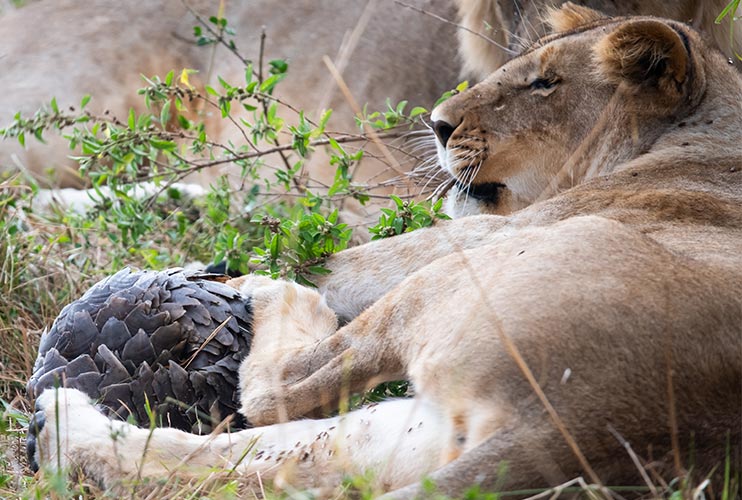
Lions playing with a rolled-up pangolin close to Sala’s Camp, they soon got bored and moved on. ©Gary Hopcraft
We are sitting in the pitch-black hoping for a glimpse of one the world’s most secretive and shy mammals: the pangolin. We must remain completely silent – even the slightest movement will put Pamoja off from emerging. She is one of three pangolins living near to Sala’s Camp.
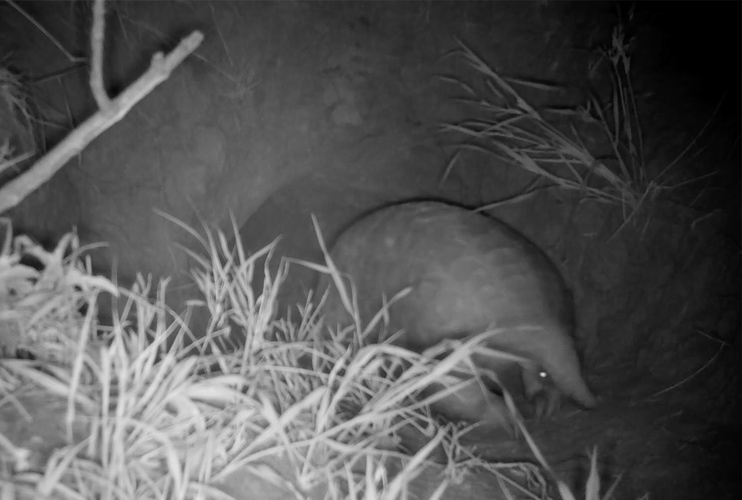
Caught by the camera trap, a pangolin cautiously emerges from its burrow. © The Pangolin Project
At 2:40 am, our patience is rewarded, and we hear the quiet clatter of Pamoja’s scales as she shuffles out to feed. We watch using infrared light as she sniffs the ground for ant tunnels. Pangolins have ultra-long sticky tongues for feeding – they can be over 40cm long and retract right back into their abdomens. They feed for up to five hours, munching a whopping 20,000 ants in one session. Only specific types of ants will do though; pangolins are fussy eaters.
It is quite mesmerising to see one of these bewildering and mysterious creatures in action.
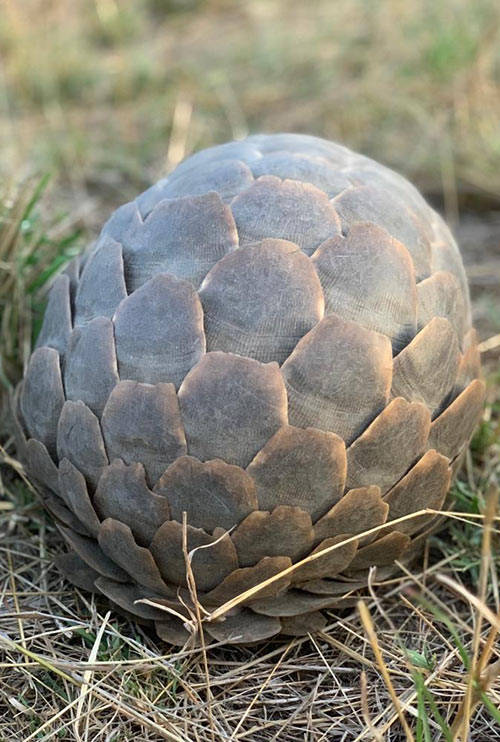
A pangolin’s scales make impenetrable defence mechanisms. ©Mikey Carr-Hartley
WHAT EXACTLY IS A PANGOLIN?
Most people have never seen a pangolin, as these nocturnal creatures are extremely elusive. Sometimes mistaken for reptiles with their scaly appearance, pangolins are in fact mammals. Their beady eyes, elongated snouts and conical heads give them a rather bashful appearance.
Covered head to toe in hard scales, their bodies look prepped for battle; impressive coats of armour which make impenetrable defence mechanisms. The lions near Sala’s Camp were certainly flummoxed when they encountered one rolled up, knocking it around playfully like a giant pinecone and gnawing on the smooth scales trying to prise open the impenetrable ball. This effective defence mechanism protects their soft scale-less underbellies and gives them their name, from the Malay word ‘penggulung’, meaning ‘something that rolls up’.
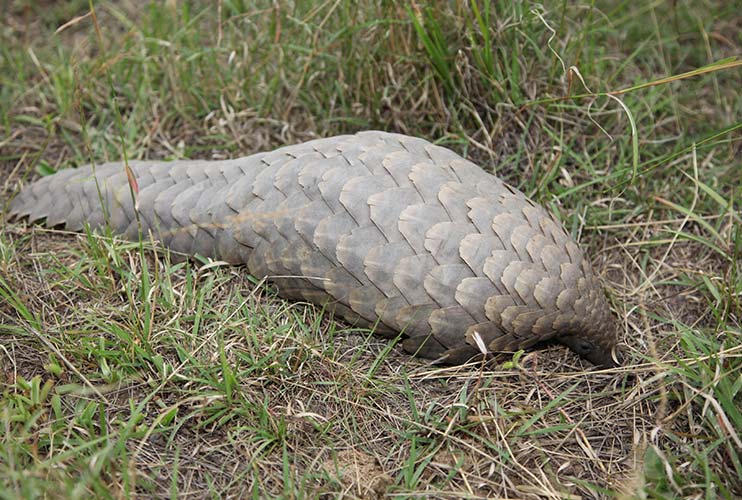
Pangolin’s tongues can be over 40cm long. ©The Pangolin Project
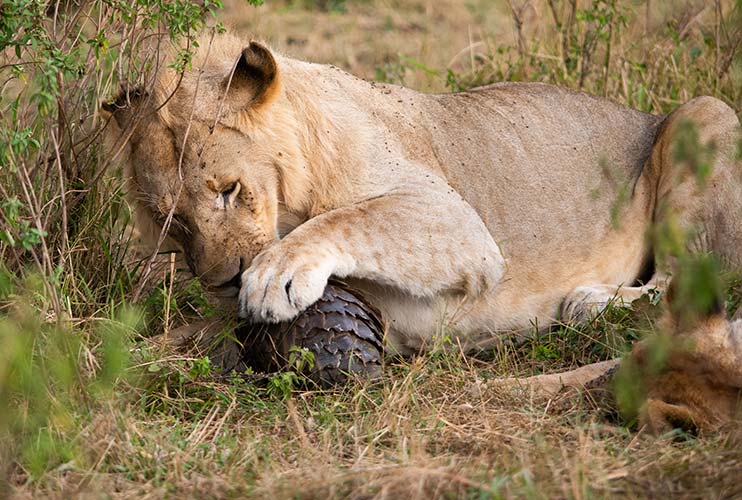
Even a lion cannot penetrate its scales. ©Gary Hopcraft
WHY ARE PANGOLINS SO THREATENED?
“No one in the world needs a pangolin scale…except a pangolin.” ~ Lisa Fanton, Pangolins.
A sentiment not shared. Sadly, pangolins’ stealthy nature and scaly coats are not enough to fend off their biggest predator: humans.
‘Over 100,000 pangolins are trafficked to Asia every year.’
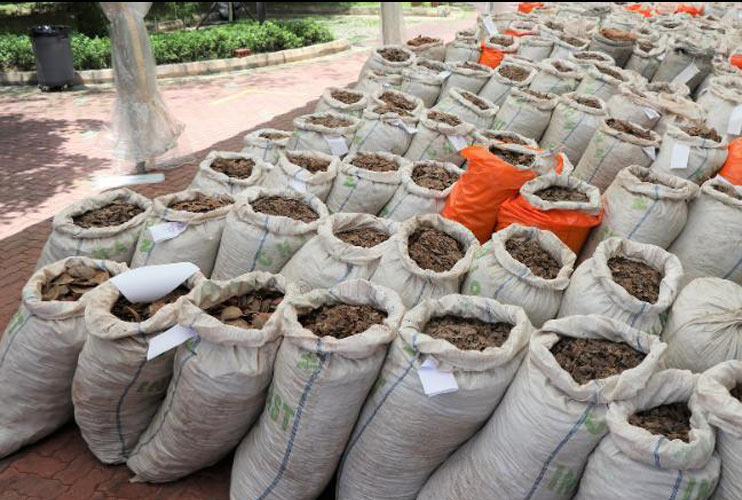
Pangolin scales from Africa seized by customs in Singapore in April. Photo/CNN
Pangolins are now the most trafficked mammal in the world. The market for pangolin products has grown exponentially within the last 20 years: their keratin scales – made from the same hard substance as a rhino’s horn and our fingernails – are [wrongly] believed to have medicinal qualities. Their meat is a delicacy throughout China and Vietnam, as well as popular bushmeat in Africa. With no farmed pangolin sources, this insatiable demand is being met through the poaching of wild pangolin, which are incredibly vulnerable to being picked up by humans. With over a million individuals poached in the last decade, their population is in decline, and all eight pangolin species are threatened with extinction. These enigmatic little creatures are at risk of dying out before many people have even heard of them.
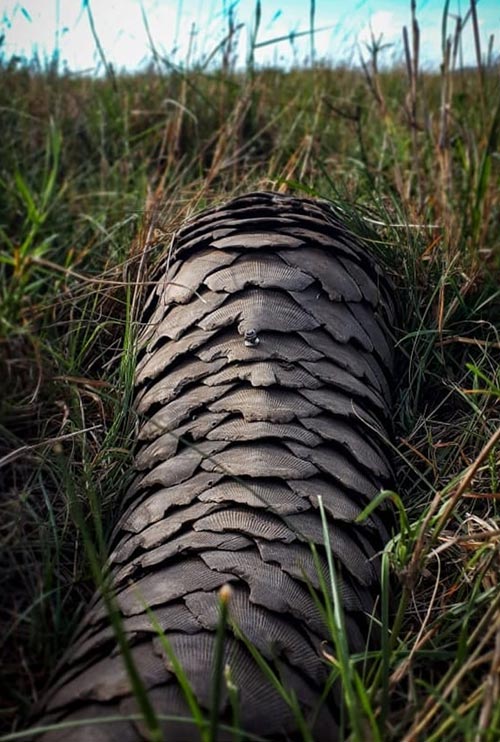
Their keratin scales are [wrongly] believed to have medicinal qualities. ©Samara Choda
THE PANGOLIN PROJECT
At Sala’s Camp, we are lucky to have instant access to up-to-date pangolin information from a resident research team: The Pangolin Project. The data they are gathering will inform protection strategies and raise awareness of the perilous plight of this understudied mammal.
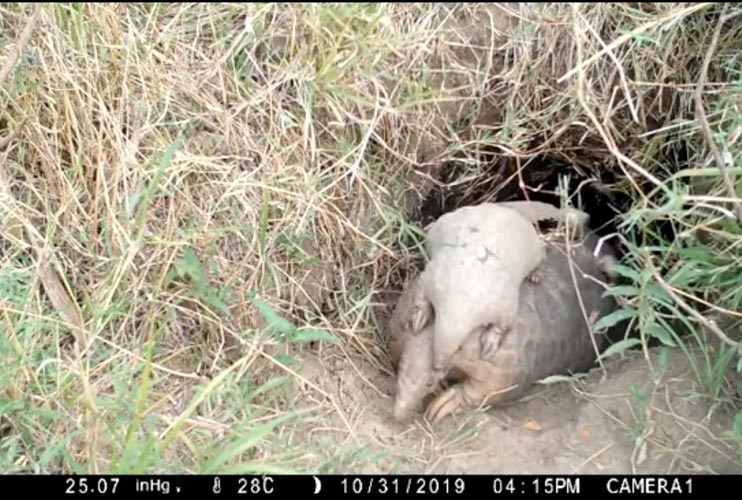
Pups ride on their mother’s back when they move between burrows but hanging on takes some practice. © The Pangolin Project
Using camera traps, GPS tracking devices and a burrow-scope, Dr Okell and a research team are studying pangolins living close to camp. Particular individuals include Pamoja (Swahili for ‘together’), her baby Bahati (‘luck’), a young male adult who often gets himself into scrapes, and the elusive Houdini – his name says it all! They are all Temminck’s Ground Pangolins, one of the four species that live in Africa.
Nightly patrols and daily observations have shown the pangolins making use of multiple burrows, sharing with aardvarks, warthogs and porcupines. The research team have identified 264 different burrows over a habitat range of 8.5 square kilometres. Pangolins love to move house!
Guests of Sala’s Camp have been extremely lucky in recent years, with more sightings of pangolin than anywhere else in Kenya.
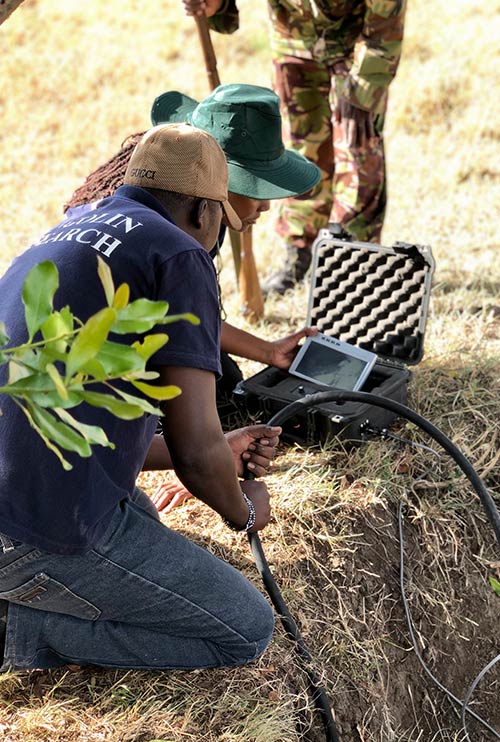
The Pangolin Project in action inspecting a potential pangolin burrow.
The Pangolin Project using their tracking device.
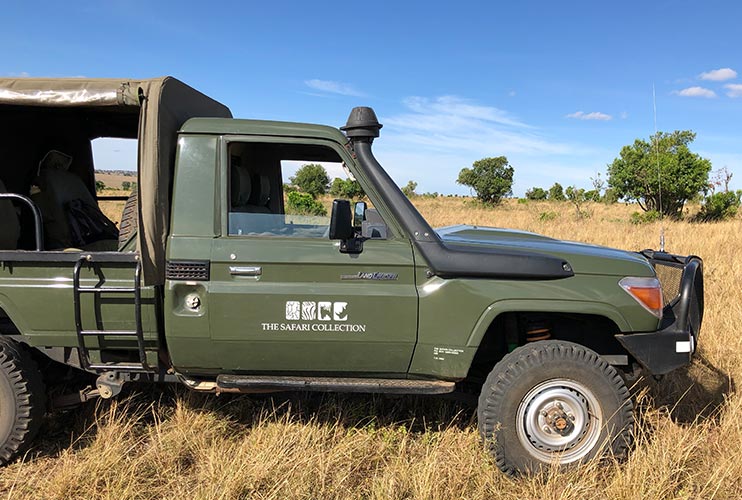
TSC’s Conservation Car is being used to help The Pangolin Project.
HOW YOU CAN HELP?
Become a pangolin ambassador and get talking about these little-known mammals. The Pangolin Project is a non-profit organisation focused on four key areas of pangolin protection: primary research; sustainable protection; raising the profile of pangolins and educating communities.
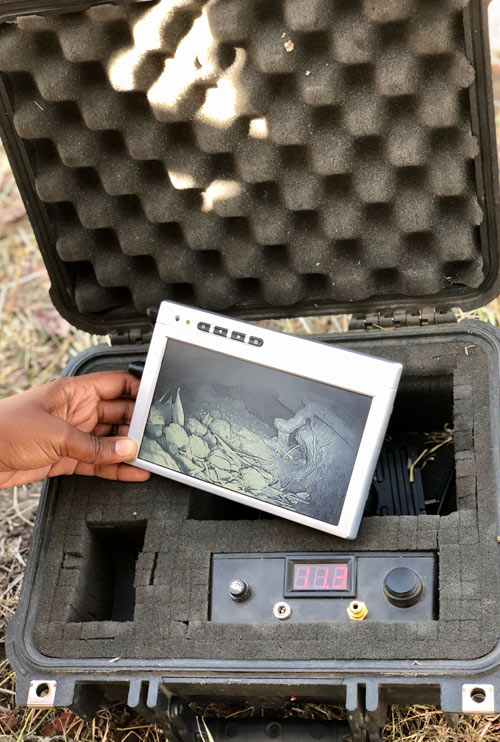
The burrow camera can reach far into the burrow and enables the research team to monitor changes.
The organisation is in its start-up phase and relies on donor funding. They work in partnership with government, NGOs and private stakeholders. More information on their work can be found at www.thepangolinproject.org, or you can follow them on Instagram, @thepangolinproject. If you’d like to support the sustainable protection of pangolins and their habitat across East Africa, you can email info@kenyapangolin.com and donate.
Watch this space for our fascinating interview with Dr Okell and the rest of the team in which they share their favourite and strangest pangolin facts.
RELATED NEWS

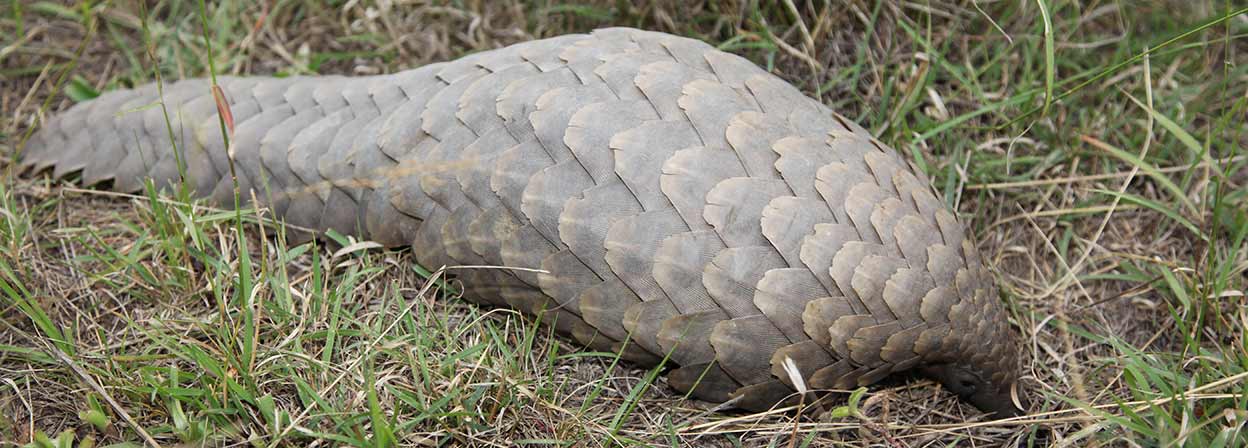
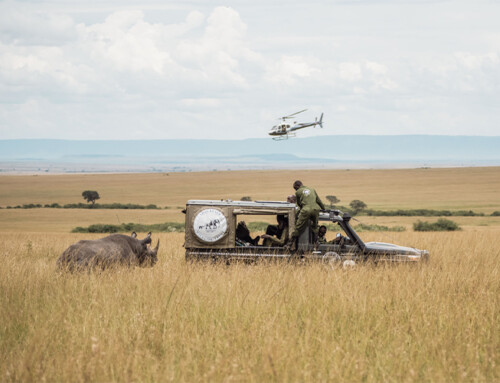

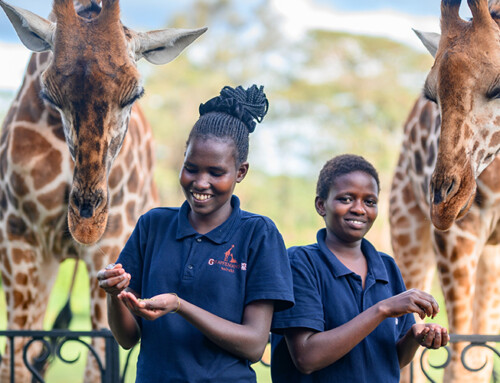
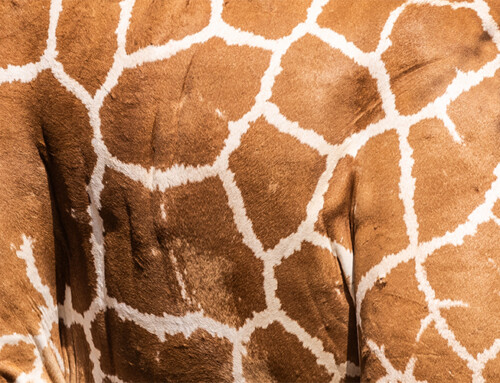
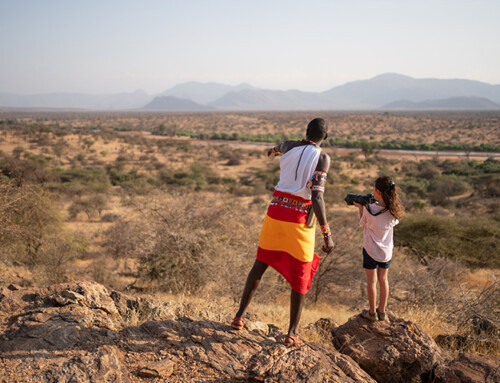
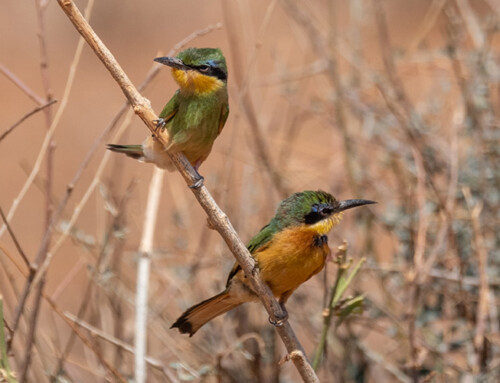
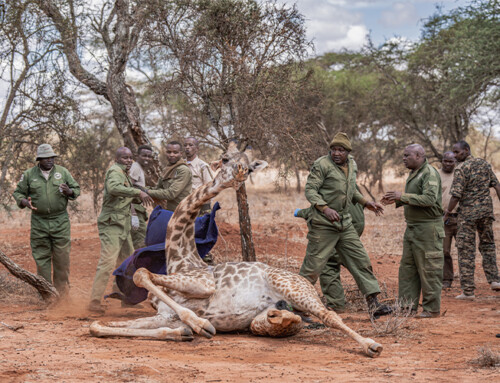








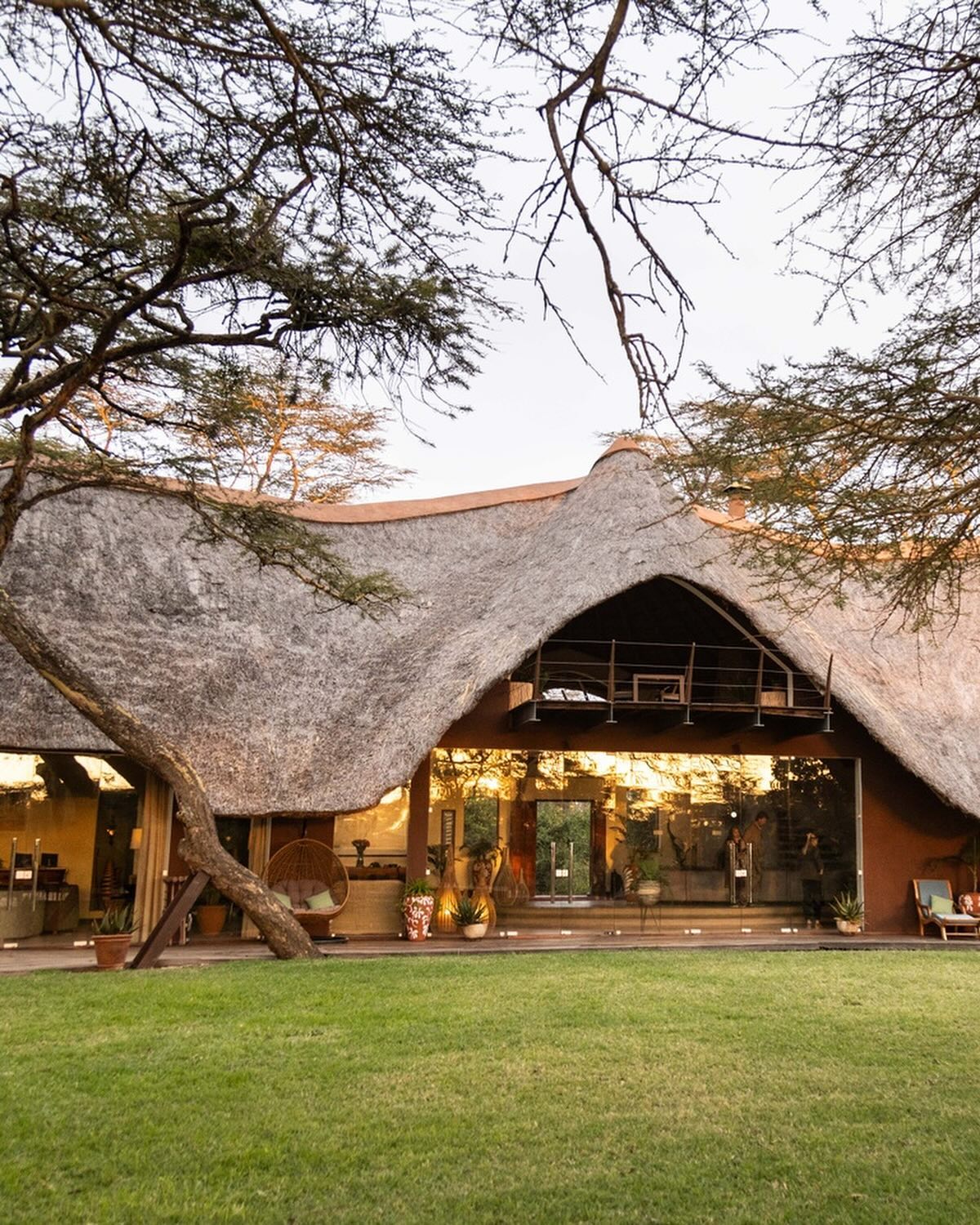
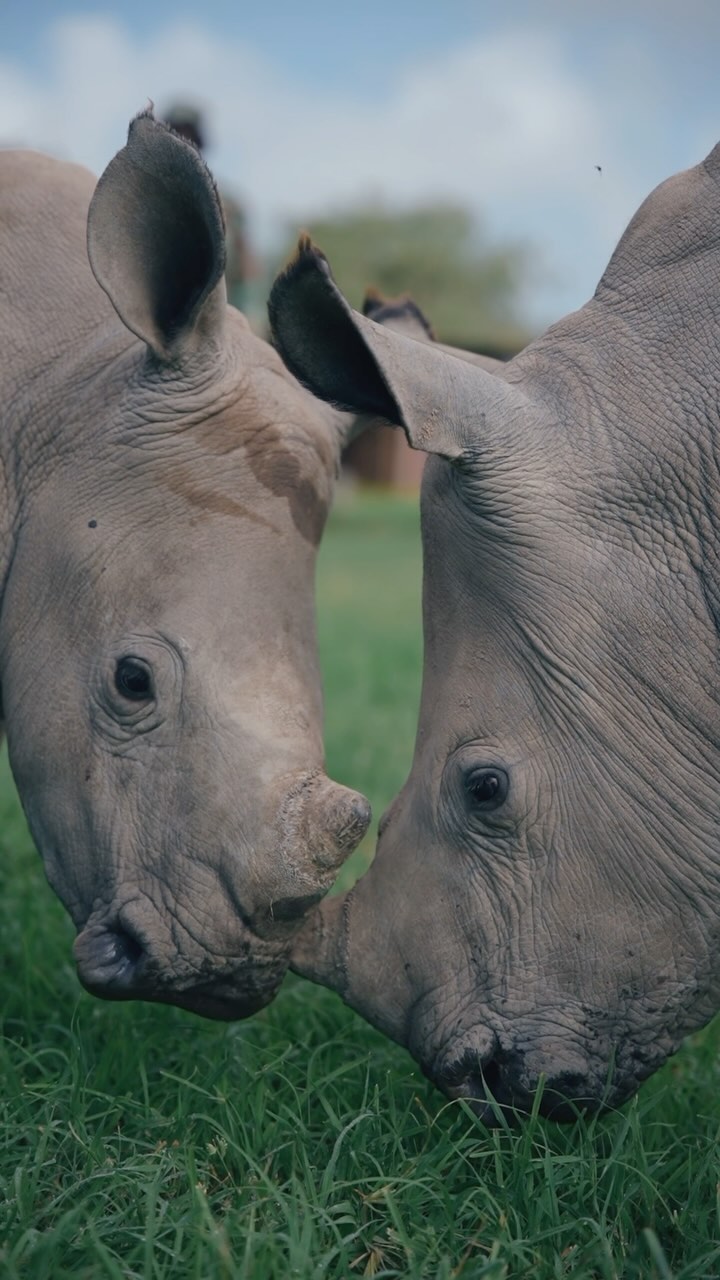

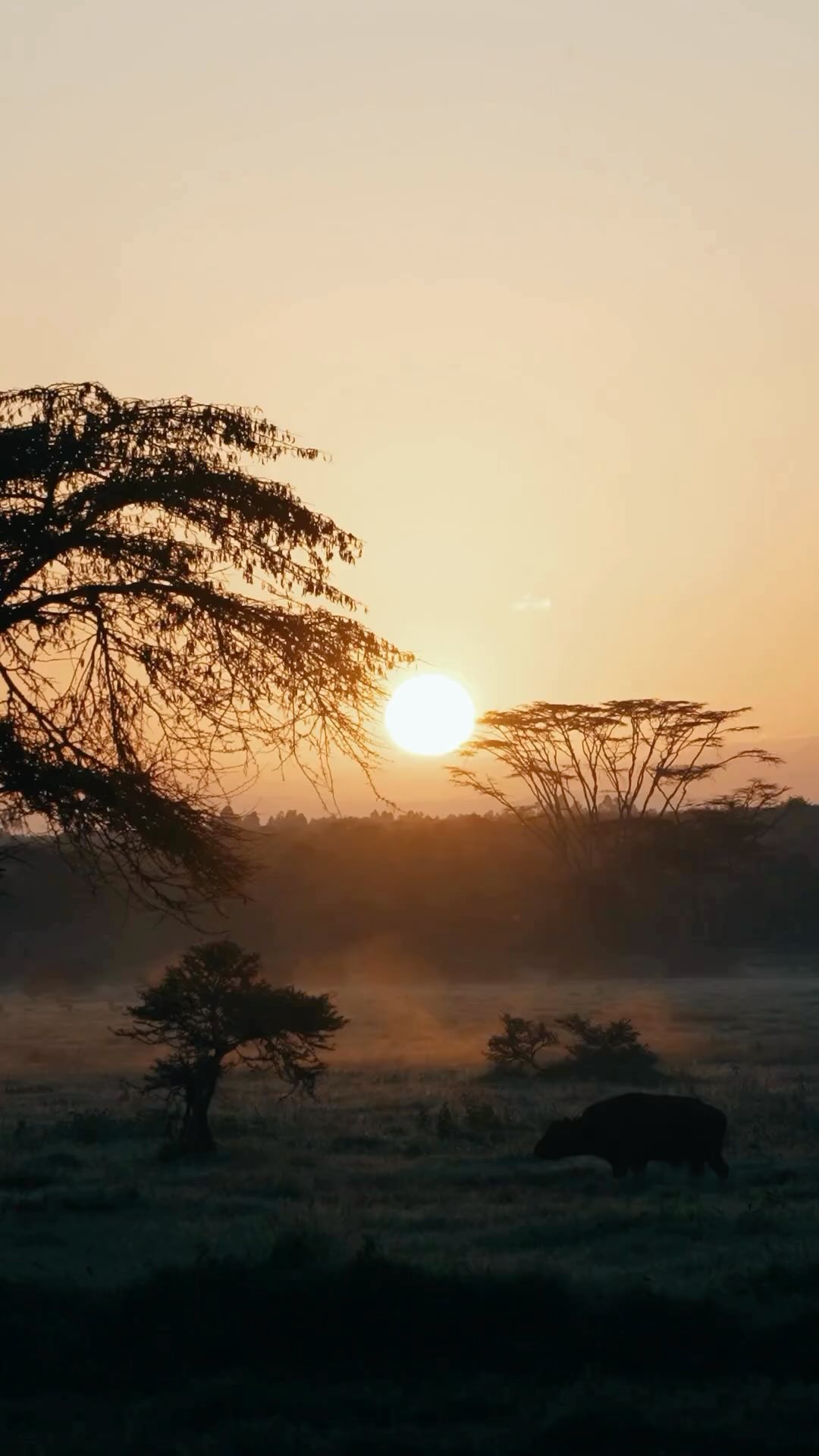


CONNECT & FOLLOW